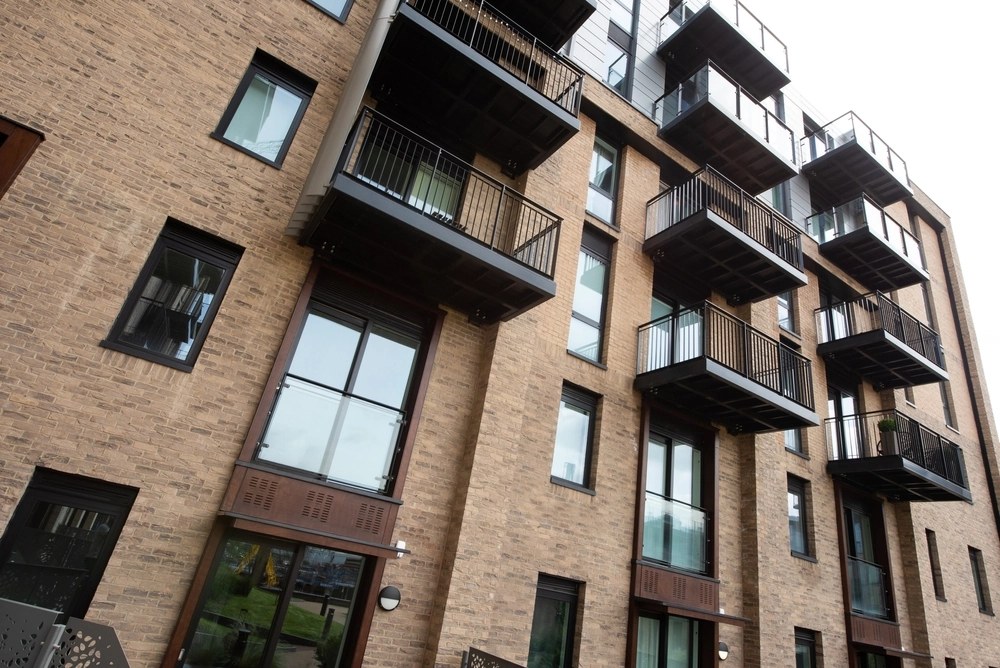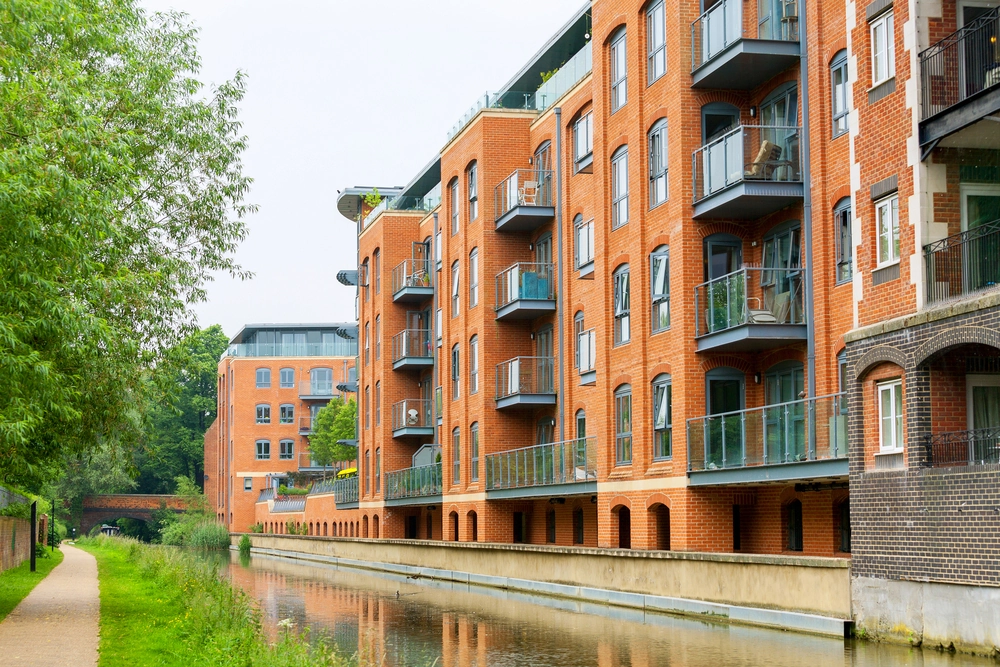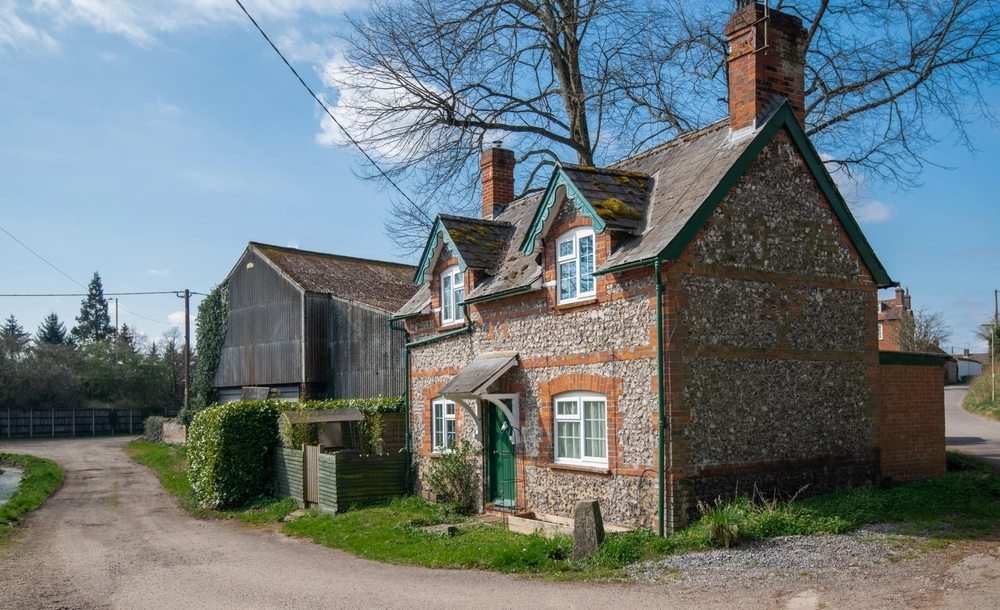

In March the government published its Commonhold Reform White Paper, outlining proposed changes to overhaul England's residential long leasehold landscape.
The White Paper
The White Paper incorporates positive changes but identifies areas that require further refinement before commonhold can become widespread.
The current preferred tenure for multi-occupied developments is long leasehold. However, leaseholds depreciate over time, as the number of years left on the lease decreases before eventually reverting to the freeholder if not extended. Extension of long residential leaseholds can be expensive and time consuming, involving legal fees or an application to the First-tier Tribunal.
Why isn't commonhold more common?
This is not the first time we have seen commonhold. It was first introduced in 2004, but adoption has been limited due to a lack of flexibility in the legislation. The White Paper incorporates most of the Law Commission recommendations from their 2020 report, with proposals aimed at boosting market confidence and making commonhold a more attractive alternative to leasehold for both developers and occupiers.
In a commonhold development each flat owner (or business owner, if the development includes commercial occupation) owns the freehold of their unit. The common areas are owned by a commonhold association (a limited company), and unitholders are automatically members. A commonhold community statement sets out duties and obligations, extent of ownership of unitholders and contributions to running costs of the development. Commonholds can supplement the commonhold community statement with local rules that apply only to that development.
Commonhold differs from a development where leaseholders own a share of the freehold, a mechanism already available, because only leaseholders participating in enfranchisement will own a share. By contrast, with a commonhold all unitholders are automatically members of the commonhold association and there is no third-party landlord, so unitholders have more control. A commonhold has no restriction on the duration of ownership of a unit or its sale and there is no risk of forfeiture, as with a lease. The prescribed elements of the commonhold community statement ensures consistency between developments making it easier for home buyers to understand their obligations.
The changes
The White Paper proposes phasing out leasehold developments, with commonhold becoming the principal form of tenure.
The White Paper relies heavily on the Law Commission's suggestions to help rectify what is a complex position for developers and investors. The government is keen to hear from industry professionals on the latest propositions. Some of the key suggestions are:
- More flexibility so that commonhold will work for more complex developments.
- Safeguards for unitholders including raising the threshold to amend local rules to make it more difficult to change them and mandating a reserve fund.
- A more effective dispute resolution process which is faster and fairer.
- Extending powers to recover unpaid debt.
- Improving the winding up process with more detail and clarity.
Impact on developers
The interests of developers are not ignored. New proposals will ensure developers can retain control over a development for as long as needed and facilitate the sale of units during the construction process.
The timing of a transition to commonhold in place of leasehold on all new developments and ultimately a ban on the sale of new leasehold flats is not decided. In recent years developers have had to adapt to a ban on ground rents and most leasehold houses so, with the emphasis on protecting the interests of occupiers, this further reform should be anticipated. Any requirement for new developments to be commonhold, instead of leasehold, will require developers to incur the expense of refreshing their site set up process to take account of the new structures.
The government is still working on an easier, faster conversion process to move existing leasehold structures to commonhold.
A key point in the White Paper is adapting commonhold so it is flexible enough to work for all types of developments, regardless of complexity. Proposals will fix the current inflexibility preventing the grant of long leases in commonhold developments, which make shared ownership arrangements and Islamic finance structures unviable. The proposals will also accommodate other complexities such as mixed-use developments, with sections allowing management of different services and cost heads and retention of units by a developer, and phased developments.
Flexibility and making commonhold attractive and workable for all parties are at the heart of the proposals. For now, developers are encouraged to think about how their businesses may need to adapt and prepare to cater for commonhold and should await further developments.
What next?
The government ambitiously envisions commonhold becoming the standard tenure for multi-occupied developments by the end of its term. Their plan is to work with developers, lenders and property professionals to prepare for this. The next step is to publish a draft Bill in the second half of 2025 so expect further updates later this year.













